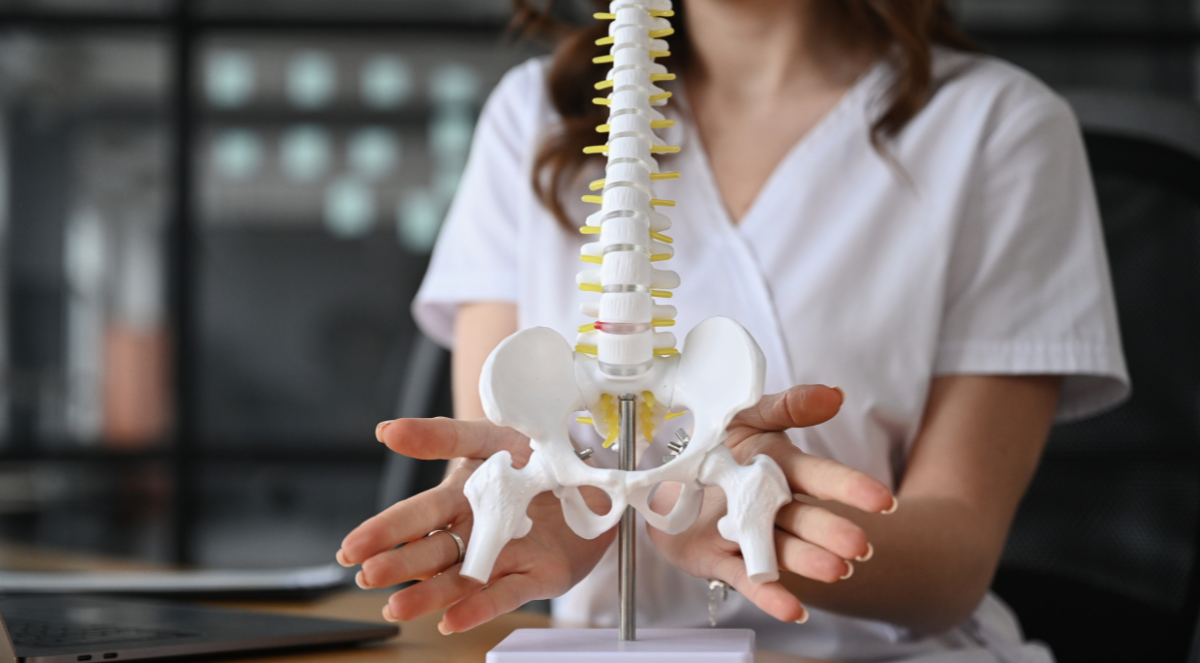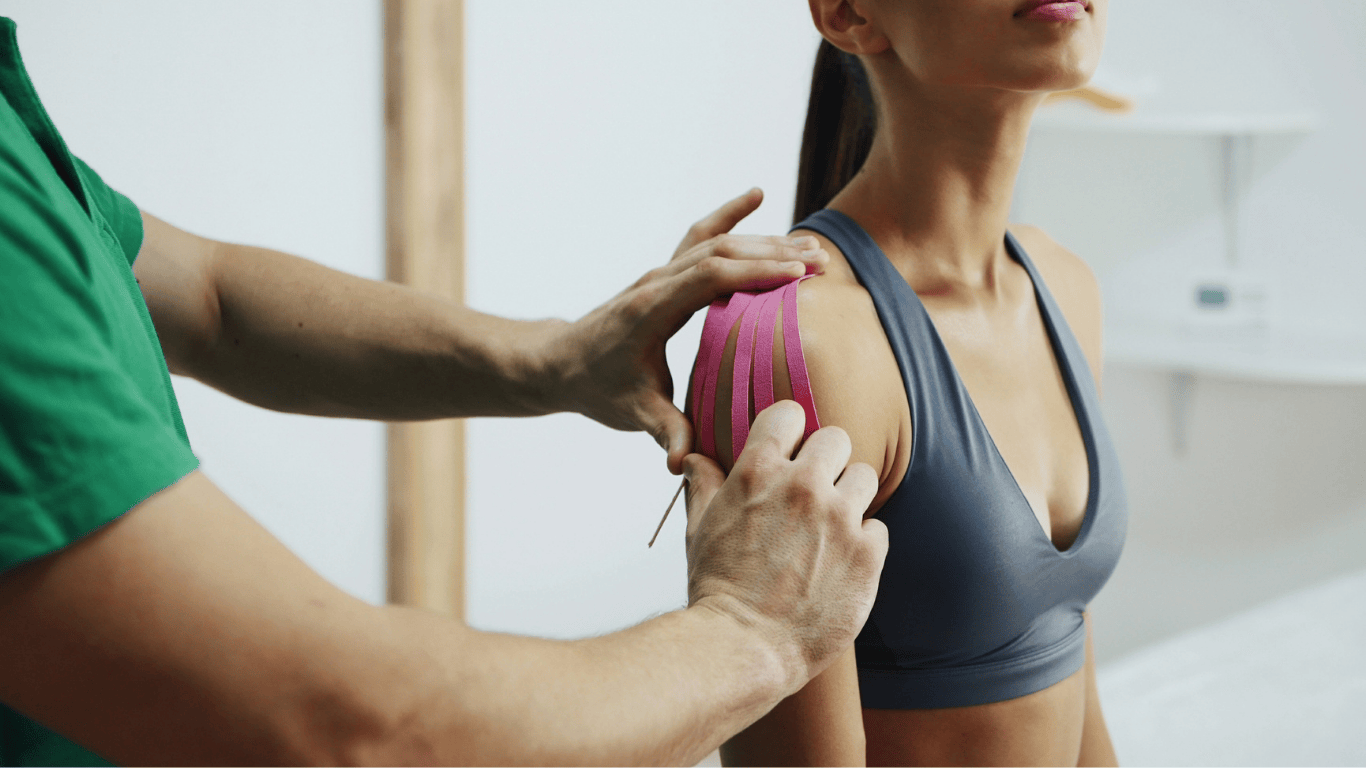A herniated disk can cause serious pain and limit daily activities. When conservative treatments like pain medicine and physical therapy don’t work, surgery may become necessary. Herniated disk surgery aims to relieve pressure on nerves, reduce pain, and improve mobility.
Surgery is usually recommended only after careful evaluation and when symptoms are severe or do not improve over time. Different surgical methods exist, with choices depending on the herniation’s size, location, and the patient’s overall health.
Understanding what surgery involves and what to expect afterward helps patients make informed decisions. Recovery time varies but many feel significant improvement within months of the procedure.
Key Takeaways
- Surgery is considered when non-surgical treatments fail to relieve symptoms.
- Several surgical techniques target nerve relief and pain reduction.
- Recovery varies, with many patients regaining good function over time.
Understanding Herniated Discs and the Spine
The spine is made of bones called vertebrae and soft structures called intervertebral discs. These discs act like cushions and help the spine move. Problems in these discs often cause pain and other symptoms related to nerve irritation or compression.
Anatomy of the Spine and Discs
The spine has several regions: cervical (neck), thoracic (mid-back), and lumbar (lower back). The lumbar spine is the most common spot for herniated discs due to its load-bearing role.
Each disc has two main parts:
- Annulus fibrosus: tough outer layer
- Nucleus pulposus: soft, gel-like center
Discs sit between vertebrae and absorb shock. If the annulus fibrosus tears or weakens, the nucleus pulposus can push out, causing a herniated disc. This may press on nearby nerve roots, especially in the lumbar region.
Causes of Herniated Discs
Herniated discs often occur from wear and tear as people age. The discs lose water and become less flexible, making them prone to injury.
Other causes include:
- Sudden strain or heavy lifting
- Repetitive movements or twisting
- Trauma or accidents
The lumbar discs are more likely to herniate because they carry most of the body's weight. Poor posture and obesity may increase risk. Some genetics and disc degeneration also play a role.
Symptoms and Diagnosis
Herniated discs may cause back pain, numbness, or weakness. When the herniation presses on nerve roots, symptoms like radiculopathy can develop. This means pain, tingling, or numbness radiates along the nerve path, often down the legs in lumbar cases.
Doctors diagnose herniated discs using physical exams and imaging tests like MRI, which shows disc condition and nerve compression. Diagnosis helps decide between treatments like surgery or non-surgical care. Early detection can prevent worsening symptoms.
For more on surgical decisions, see factors affecting patient choice on lumbar disc herniation.
When Is Herniated Disk Surgery Needed?
Herniated disk surgery is considered only after careful evaluation of symptoms and response to initial treatments. Many patients improve without surgery, but certain signs and failures in non-surgical care can make surgery necessary.
Conservative Treatment Options
Most people start with conservative treatment for herniated disks. This often includes physical therapy designed to strengthen muscles and improve posture. Non-surgical care also involves pain management using medications and epidural steroid injections (ESI) to reduce inflammation and ease nerve pain.
These treatments aim to relieve symptoms like low back pain, numbness, or mild weakness without surgery. If symptoms improve within six weeks to a few months, surgery is usually avoided. Imaging tests like an MRI help doctors confirm the herniation and monitor healing, but treatment depends on symptoms more than imaging findings alone.
Indications for Surgery
Surgery is recommended when conservative care fails to control symptoms or when severe problems occur. Signs that surgery is needed include:
- Persistent pain lasting more than 6 weeks despite treatment
- Progressive weakness or loss of muscle function
- Numbness affecting daily activities
- Trouble controlling bladder or bowel functions (a medical emergency)
Surgical treatment often provides faster relief of leg pain than continued non-surgical care. Doctors use physical exams and MRI results to confirm the source of symptoms before approving surgery.
Risks of Delaying Surgery
Delaying surgery when it is clearly needed can cause lasting problems. Severe nerve compression can lead to permanent muscle weakness or loss of feeling. If bladder or bowel control issues develop, urgent surgery is necessary to avoid serious complications.
Waiting too long might also make recovery slower after surgery. However, most patients improve with non-surgical care, so surgery is only advised when benefits outweigh risks. This balance helps avoid unnecessary surgery while preventing harm from untreated severe nerve problems.
Types of Herniated Disk Surgery
Herniated disk surgery varies depending on the location and severity of the problem. Different procedures focus on relieving nerve pressure, stabilizing the spine, or restoring disk function. The choices include removing damaged tissue, joining vertebrae, or replacing the disk with an artificial one.
Discectomy and Microdiscectomy
Discectomy is the most common surgery for lumbar disk herniation. It involves removing the portion of the herniated disk that presses on nearby nerves. This reduces pain and improves mobility.
Microdiscectomy is a less invasive version of this surgery. It uses a small incision and a microscope to help the surgeon see clearly. This usually means less tissue damage, quicker recovery, and less pain after surgery.
Both procedures target the compressed nerves, often in the lower back or cervical spine. They do not remove the entire disk, just the herniated part causing symptoms. Patients typically experience relief within weeks.
Spinal Fusion
Spinal fusion joins two or more vertebrae to stop movement between them. This surgery is used when the spine is unstable or when multiple disks are damaged. It helps reduce pain from movement.
The surgeon places bone grafts between the vertebrae and may use metal rods or screws for support. Over time, the bones grow together, creating a solid mass.
This procedure is more extensive and may require a longer recovery than discectomy. It is commonly done when herniated disks weaken the spine’s structure in the lumbar region or cervical spine.
Artificial Disc Replacement
Artificial disc replacement involves removing the damaged disk and replacing it with a synthetic one. This keeps the spine flexible and maintains more natural movement than fusion.
It is mostly used for lumbar disk herniation or problems in the cervical spine when conservative treatment fails. The artificial disk helps reduce pain and maintain motion between vertebrae.
Not every patient is a candidate; the spine must be in good condition aside from the damaged disk. This surgery offers an option for those who want to avoid the limited mobility caused by spinal fusion.
Recovery and Long-Term Outlook
Recovery after herniated disk surgery involves careful care and rehab to restore function. The healing process varies but usually includes managing pain and improving mobility. Patients need to watch for signs of complications like weakness, numbness, or ongoing radiculopathy.
Postoperative Care and Rehabilitation
After surgery, patients often start with pain management using medication. Rest is important, but early movement helps prevent stiffness. Physical therapy usually begins a few weeks later. It focuses on gentle stretching, strengthening the spine, and improving flexibility.
Therapists target muscles that support the spine to reduce pressure on nerve roots. Exercises aim to ease radiculopathy symptoms, such as leg pain and numbness. Walking is often recommended to boost circulation and speed recovery.
Patients should avoid heavy lifting and sudden twisting motions for several weeks. Regular follow-up visits help monitor healing and adjust therapy. Addressing weakness early through rehab can improve long-term results.
Expected Recovery Timeline
Most patients notice pain relief within weeks after surgery. Initial recovery typically takes 4 to 6 weeks, with gradual improvement in mobility. Full recovery can take 3 to 6 months depending on the procedure and individual health.
Leg weakness or numbness caused by nerve irritation may improve slowly. Some symptoms, like mild radiculopathy, may persist but should lessen over time. Return to normal activities, including work, usually happens around 8 to 12 weeks post-surgery.
Physical therapy plays a key role in regaining strength and spine stability. Patients with good therapy adherence tend to recover faster and regain function. However, recovery varies widely based on age, activity level, and severity of the disc herniation.
Potential Complications
Complications after herniated disk surgery are uncommon but possible. These include infection, bleeding, or nerve damage causing persistent weakness or numbness. Radiculopathy may continue if nerves are not fully relieved.
Some patients need repeat surgery if symptoms return or a new disc herniation occurs. Scar tissue around nerves can also cause long-term pain or stiffness. Patients should report worsening weakness or sudden numbness immediately.
Work and disability outcomes after surgery are generally good, but some patients may experience chronic pain. Careful monitoring and early treatment of any issues help reduce risks. Proper rehabilitation lowers the chance of long-term problems affecting the spine or nerves.
Frequently Asked Questions
Herniated disc surgery offers several treatment options tailored to the patient's condition. Recovery times can vary depending on the surgery type. Risks exist but are generally low for minimally invasive procedures. Non-surgical treatments are available and often tried first. Success rates depend on the procedure and patient factors. Long-term spine health may improve but requires ongoing care.
What are the surgical options available for treating a herniated disc?
Surgery commonly involves removing the part of the disc pressing on nerves. This can be done through microdiscectomy, which is minimally invasive and has a short recovery time. More complex cases may require fusion surgery like TLIF (Transforaminal Lumbar Interbody Fusion). The choice depends on the severity and location of the herniation.
How long is recovery typically after herniated disc surgery?
Recovery varies by surgery type. Most patients can leave the hospital the same day or within one day after minimally invasive surgery. Return to work happens in about 11 days after microdiscectomy and around two to three weeks after more involved surgeries like TLIF. Full activity recovery may take several months.
What risks are involved with herniated disc surgery?
Risks include minor complications like infection or nerve irritation, occurring in a small percentage of patients. Major complications are rare but can include nerve damage. Radiation exposure during surgery is minimal and considered safe. The risk of needing another surgery ranges from about 6% to 16%, depending on the procedure.
Are there any non-surgical alternatives to treat a herniated disc?
Yes, most patients start with non-surgical options such as physical therapy, pain medication, and rest. Epidural steroid injections may help reduce inflammation and pain. These treatments focus on symptom relief and improving function before considering surgery.
How will herniated disc surgery affect my long-term spine health?
Surgery often stabilizes the affected area and reduces pain. Long-term benefits rely on lifestyle changes, physical therapy, and avoiding activities that strain the spine. Some patients may need ongoing care to maintain spine health and function after surgery.





